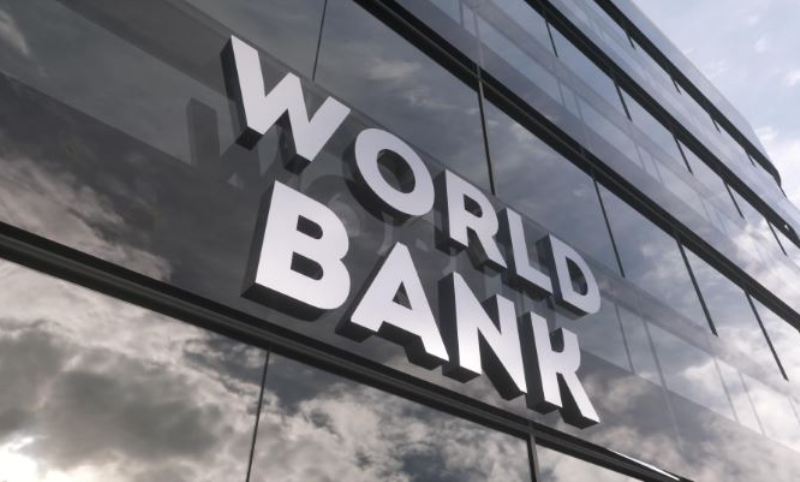India could unlock transformative growth in manufacturing and exports by coupling tariff reductions with broader trade agreements that expand market access and ease non-tariff barriers, according to Franziska Ohnsorge, the World Bank’s Chief Economist for South Asia.
Speaking to the media after the release of the World Bank’s latest regional outlook, Ohnsorge said the recent escalation in US tariffs could serve as a catalyst for India to conclude long-pending trade negotiations. “If this (higher US tariffs) can be the trigger for finalising these trade agreements that have been under negotiation for a long time, it could be transformative, especially for manufacturing,” she said.
The World Bank on Tuesday raised India’s FY26 growth forecast to 6.5% from 6.3%, while revising its FY27 estimate down to 6.3% from 6.5%. India’s economy grew 7.8% in the April–June quarter, the fastest in five quarters, after expanding 6.5% in FY25.
The US recently imposed a 50% tariff on Indian goods, including a 25% penalty on imports linked to Russian oil—among the steepest globally, alongside Brazil. Ohnsorge suggested that lowering intermediate tariffs early and embedding them in broader trade deals could “really be transformative for the export side.”
She stressed that external reforms must be complemented by domestic measures to maximise gains. “It doesn’t have to be labour market reform. It can be housing, transport, digital or skilling reform—anything that helps people capture much bigger gains from trade reform,” she said, adding that such steps could potentially double the benefits of trade liberalisation.
India is currently engaged in negotiations for 8–10 trade agreements, including with the European Union, United Kingdom, Australia, Canada, and the United States. Ohnsorge noted that while India’s existing trade pacts cover partners representing just 12% of global GDP, concluding these pending deals could raise that to about 50%—a level that could “embed India in global value chains” similar to Mexico and Vietnam.
Calling manufacturing India’s “sleeping giant,” she said the sector held vast untapped potential, with goods exports at $437.7 billion in FY25, or 11.2% of GDP. By contrast, she described services as India’s “success story,” with exports rising 13.6% to $387.5 billion in FY25 and thriving with “minimal government intervention.”
On the impact of artificial intelligence, Ohnsorge said AI posed both an opportunity and a challenge. “AI can either make you more productive or take your job,” she remarked.

